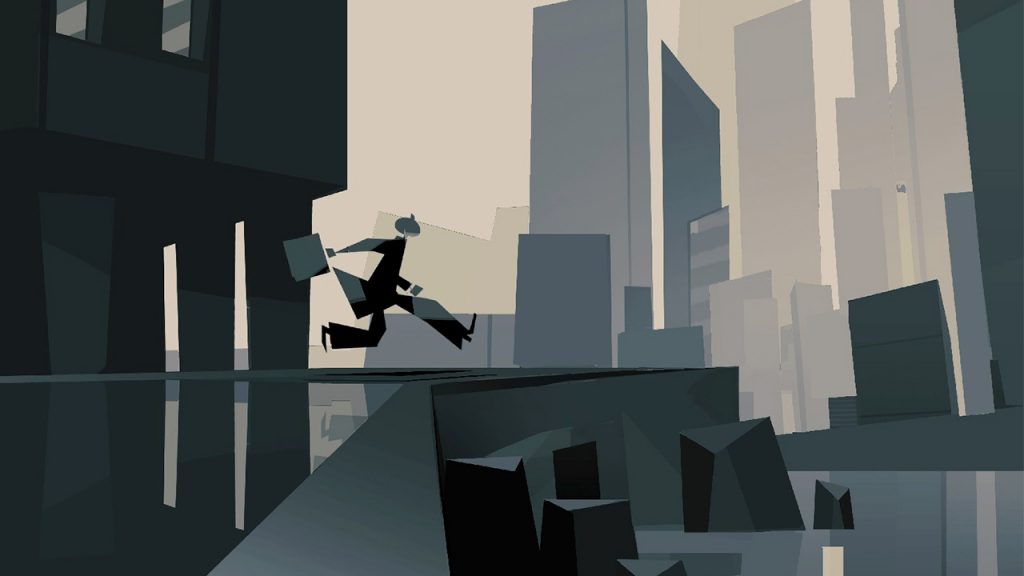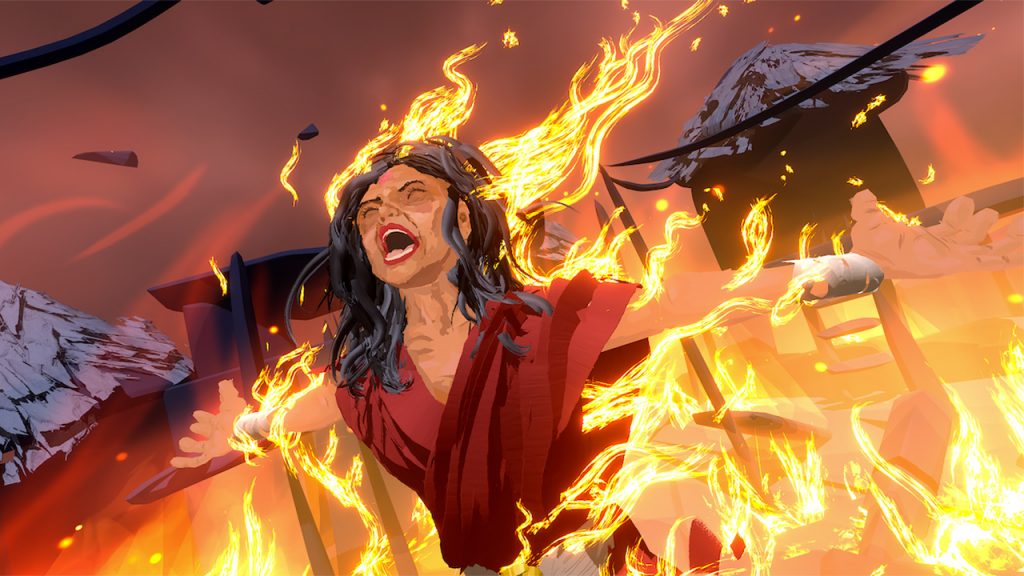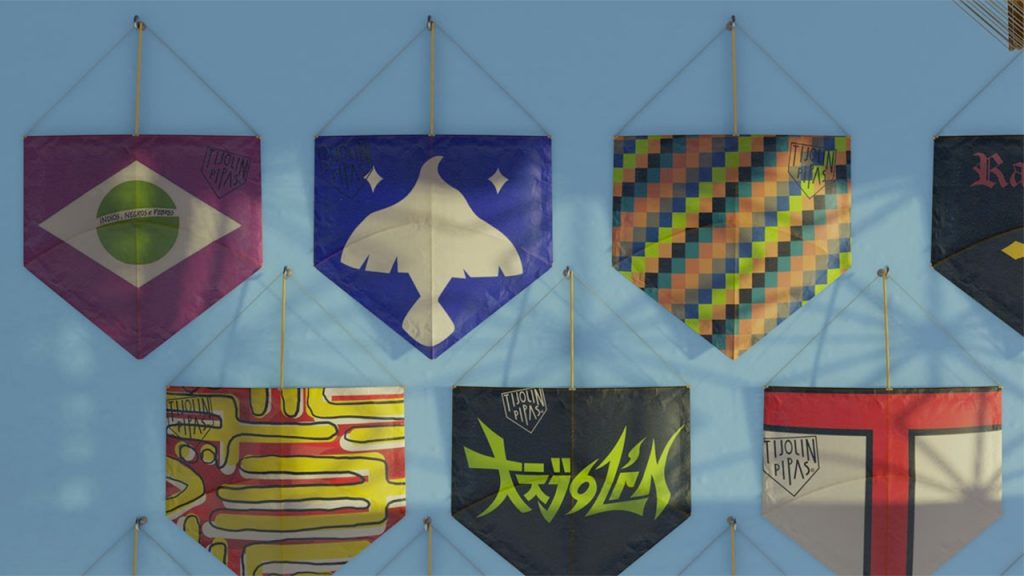In 2021, the NewImages Festival is strengthening its strategic role as a professional marketplace with 41 selected projects and a hundred or so “decision makers” to challenge them, not to mention the conferences and meetings organized online and in Paris.
Discussion with Elie Levasseur, now 100% NewImages Festival, on a very special 2021 edition; it takes place just 8 months after the 2020 edition!
Replay: find also our interview with the festival director Michael Swierczynski, “Our festival must be an international laboratory of immersive creation”.
Selected projects at the XR Financing Market 2021
Cover: RED (Jasmin Kent Rodgman; lisa luxx; Gaëlle Mourre)
Defining a post-Covid XR Financing Market
Elie Levasseur – On the professional side, this NewImages Festival will primarily be an online event on June 7 and 8 – thus preceding the festival itself. This is a choice we made quickly, so that the interested XR community can dialogue and network as directly as possible. There will be one-to-one meetings according to each person’s agenda, and of course we will welcome those present at the festival in person on June 9 and 10 – mainly the French. For a market of this type, we had to anticipate as much as possible the conditions of the event to build the program, ensure the presence of decision makers, etc.

E. L. – We learned from our last edition, already hybrid, especially on the management of the platform. In 2021 it will be a single platform (Swapcard) to manage all its activities, its agenda, see the conferences, access the information of participants. The user experience during our professional meetings will be easier, and unique whether we are at a distance or not.
41 XR projects selected on the professional side
E. L. – On this new selection of projects selected at the XR Financing Market, there have been some big changes – whether due to Covid or changes on our end. On the one hand, in a very positive way, we are seeing projects from a much more diverse background. We have been very careful about this because, historically, our DNA was very much linked to cinema and audiovisual – as it is in France. But XR also includes authors and producers from the theater, circus, dance and contemporary art! With Michael, we paid attention to the diversity of the projects presented in order to better represent what is happening worldwide. You only have to look at the experiences produced in the United Kingdom, which are very much linked to theater (or to the dynamism of Creative XR), or in Canada, which supports its sector enormously. At NewImages Festival 2021, there will be a balance between gaming, narrative fiction or documentary, and performance.

E. L. – And this opening, to other projects and actors, allows us to discover new structures. We want to welcome – with a real evangelization obviously – museums, places likely to host XR projects. It’s important, especially for the invited decision makers, to widen the scope of people who may be interested in the proposed experiences. This list of people who will examine the selected works has kept us very busy over the last few weeks.
E. L. – On the other hand, we notice that the average budget of the projects submitted to the market has dropped sharply. We can imagine that the crisis is forcing producers to review their ambitions, but it is also – and above all – linked to the typology of the projects received. Immersive contemporary art or live performance projects have smaller budgets than games or narrative experiences. Previously, we had an average budget of 450,000 euros for the entire line-up. In 2021, the average is 289,000 euros, and 25% (11 out of 41) of the selected projects have a projected budget of 100,000 euros or less. Moreover, and this is another interesting point, the share of acquired budget of the presented projects rose from 12% to 28%! Even if, as a result, the budgets are lower in the types of works selected, it is also and undoubtedly a mark of caution of the market. Excluding video games, which remain the most expensive format.
E. L. – Finally, the Covid crisis has had an impact on project submissions. We saw some producers preferring to rework some projects that they had left on standby rather than launching into new developments. Some of them did so with some success, as they convinced the selection committee. Another point to underline concerns the distribution strategy, while one could have imagined that the market would adapt to the context of the health crisis to favor online distribution of their works, it appears on the contrary that the strategy of physical distribution via LBE (Location-Based Experience) players remains by far the most popular.
Meeting the decision makers
E. L. – Clearly, the advantage of a hybrid event is to be able to attract international decision makers without the constraints of transportation. In concrete terms, this allows us to increase the number of Decision Makers invited. We have gone from about 40 decision makers in 2019 and 2020 to more than 100 this year. The online format allows us to attract actors interested in a limited number of projects who would not otherwise travel to meet 2 or 3 projects. Today we can call oceanographic museums to present them with 2 projects, they respond easily because the effort is negligible compared to their curiosity. Clearly the online edition will have allowed us to evangelize new actors and we hope to retain them in the long term.

E. L. – We are very happy to see the global market structuring itself around events like ours – especially on the festival side with the XR3 initiative. There are still many things to be imagined to improve the market and find the formula that corresponds to this ecosystem. The question of hybridity between the face-to-face and online formats is an interesting avenue because the two formats are complementary, but it is not the only one. For example, how to put the project in development or the prototype at the heart of the relationship between decision makers and artists/producers? How to allow selected artists to make demos? How to allow producers to present their project throughout the year at different stages of development? How to involve cultural actors who are not yet aware of immersive art? How can we make them want to move to this market when they are rarely equipped with VR headsets in their workplaces? These are all important challenges for the coming months.




Leave a Reply
You must be logged in to post a comment.